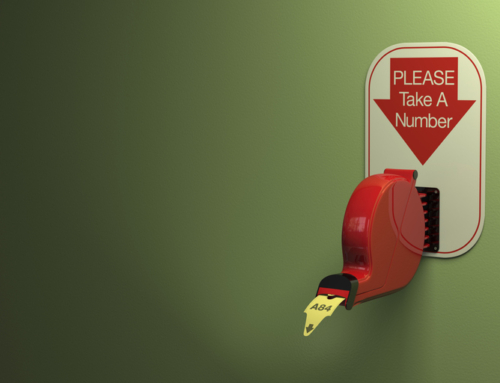We’ve all heard the old saying from Robert Burns: “the best laid plans of mice and men often go awry.” And there is no doubt plenty of similar quotes from people over time that have talked about when plans go wrong, or, depending on how you look at it, fail to go right.
But that’s not what today’s post is about. Today is about why we begin to plan in the first place.
Recently, I undertook a project in the workshop to build a sofa table/bookshelf for our family room, that would fit on one side of our sectional couch. The idea is to have a shelf behind this part of the couch that spans the entire length of that side of the sectional. The span is just under five feet long. Due to the length of the span, I designed the table in two equal segments. This allows it to be somewhat modular and not rely on five-foot shelves that may sag over time.
I went to work, milling down the wood, gluing up shelving pieces, creating the leg assemblies, and more. Then came time to put all the pieces together, assembling the frame that would be the structure for the table. Only, I mis counted the number of connecting pieces to hook the two sections together and complete the frame.
What happened?
Well, that design I mentioned above? That was all in my head. I knew the look I wanted and designed the table as I went along. What I failed to do was sit down and plan out exactly what I was going to need to achieve the design I wanted. I ended up coming up short on material.
Thankfully, this is a fixable problem. Most things that aren’t life threatening are. But it was and still is a HUGE setback in time and being able to achieve the results I want.
Planning in marketing is a lot like that. We may have a great idea of what we want in our head. We may even have a great idea of how we want to, or know how to, get there. But if we fail to plan at least some things out, we miss blind spots and can come up short.
Thanks for tuning into this post of What’s on the Workbench!




